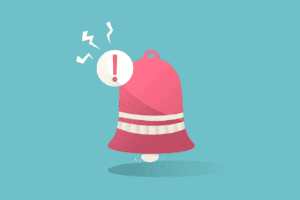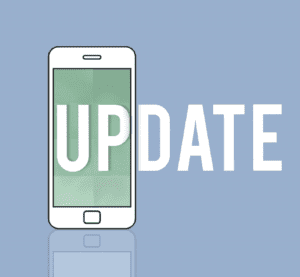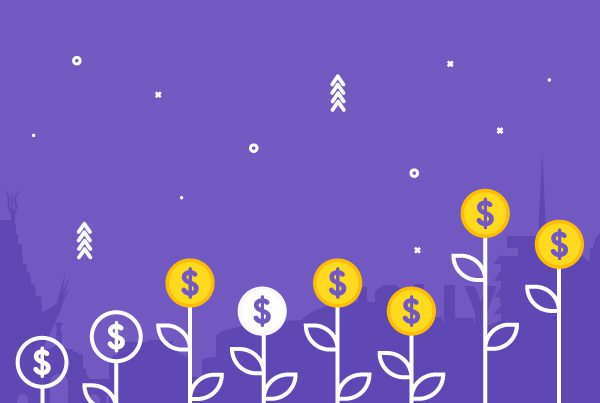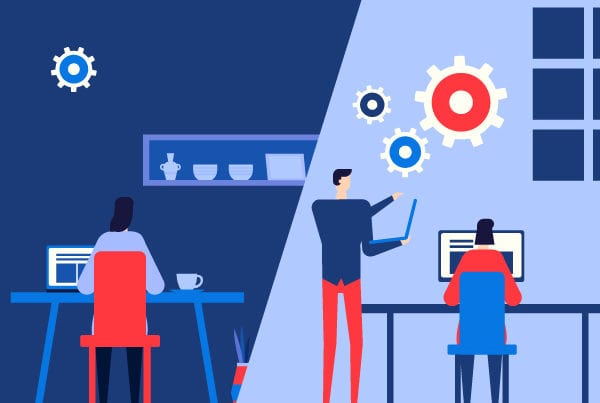7 methods for boosting mobile app engagement
Mobile app engagement is a vital part of an app’s success. Whether you have already launched your mobile app or are looking to improve it, there are many things you can do to boost engagement. In this article, we’ll focus on 7 methods for boosting mobile app engagement.
⦁ Onboarding

Onboarding is the process through which new users get acquainted with your mobile app. As such, it is focused on engaging and retaining them. This process does not only include educating the user about what the app does, but also getting users to register and log in, and allowing you to collect relevant information that could be used for notifications or personalized content later on. This process aims to give users an overview of the product, as well as a positive experience that encourages them to keep using your app.
In order to boost engagement, you should make sure the mobile app onboarding process is short and simple. It should include the least number of steps possible and allow users to learn by doing. Moreover, including a call to action at the end of the onboarding experience is a great way to get users to engage with your app during this stage. You can find more information about mobile app onboarding in this article.
⦁ Quality content and functionality
It might seem obvious, but giving users high-quality content and functionalities is essential to keep them coming back to your mobile app. To provide quality content, you need to know who your users are and what they want. Therefore, you should define your target audience and thoroughly research it to define the kind of content and functionalities they will find useful and exciting. Once everything is up and running, you will need to implement an appropriate quality assurance process to minimize bugs and functionality issues and ensure a good user experience.
⦁ Push notifications for mobile app engagement

Push notifications are messages sent to your users’ mobile devices directly from your app. They aim to add value and keep the user interested and they have proven to improve engagement by up to 88%. When a user clicks on a push notification, they are redirected to the mobile app that sent the message, which makes them a useful marketing strategy.
Other benefits of push notifications include the fact they are free to opt-in or out, that you can send them based on the user’s location, and how they improve not only mobile app engagement, but also conversion rates and monetization. That said, it is important to create high-quality push notifications as, otherwise, they could have the opposite effect. Push notification messages are usually short as they have a restricted character limit. Actually, the shorter they are, the better their click-through rates. Moreover, push notifications should be targeted and personalized, and keep different devices in mind. If you’d like to know more about push notifications, you can check out this article.
⦁ In-app messages
In addition to push notifications, in-app messages are a great way to communicate with users and keep them interested. While notifications appear on the user’s home screen, these messages will pop up inside your mobile app. Another difference is that these messages don’t require immediate action. In-app messages are often used to let users know about app issues or upgrades, or to make the onboarding process smoother. However, just like push notifications, in-app messages should be personalized and segmented to make sure they are effective and give users valuable information.
⦁ Gamification

Mobile app gamification means applying game dynamics to a “regular” app. This strategy focuses on adding fun and dynamic features that will keep users coming back to your app. Gamification lets users compete with others or set goals, which fosters a sense of achievement and motivates users. There are various strategies that can be used to achieve this, such as implementing reward systems, offering virtual goods or setting up leaderboards.
In this way, gamification offers a unique experience and improves user engagement and stickiness by providing tangible incentives to users. You can find more information about gamification strategies here.
⦁ Customized suggestions for mobile app engagement
As we’ve already mentioned, personalizing content and notifications is extremely important when it comes to keeping users engaged. Therefore, using customized suggestions is a great way to make sure your content adapts to your audience. This can come in the form of location-based suggestions like those found in Spotify, which suggests playlists based on a user’s location, and Songkick, which does the same when it comes to concerts. In addition to location, suggestions can also be based on a user’s habits or even the time of day.
⦁ Regular updates

This might seem obvious, but failing to provide updates is a reason why many apps fail. Mobile apps that are updated regularly tend to have longer lifespans. This does not only mean fixing bugs or adding new features, but also removing, simplifying or improving unpopular features and continuing to personalize the user experience as much as possible.
Final thoughts on mobile app engagement methods
As you can see, there are quite a few things you can do to boost your engagement involving all aspects of a mobile app and throughout its lifespan. We hope this article has given you some tools to make sure your app succeeds.





